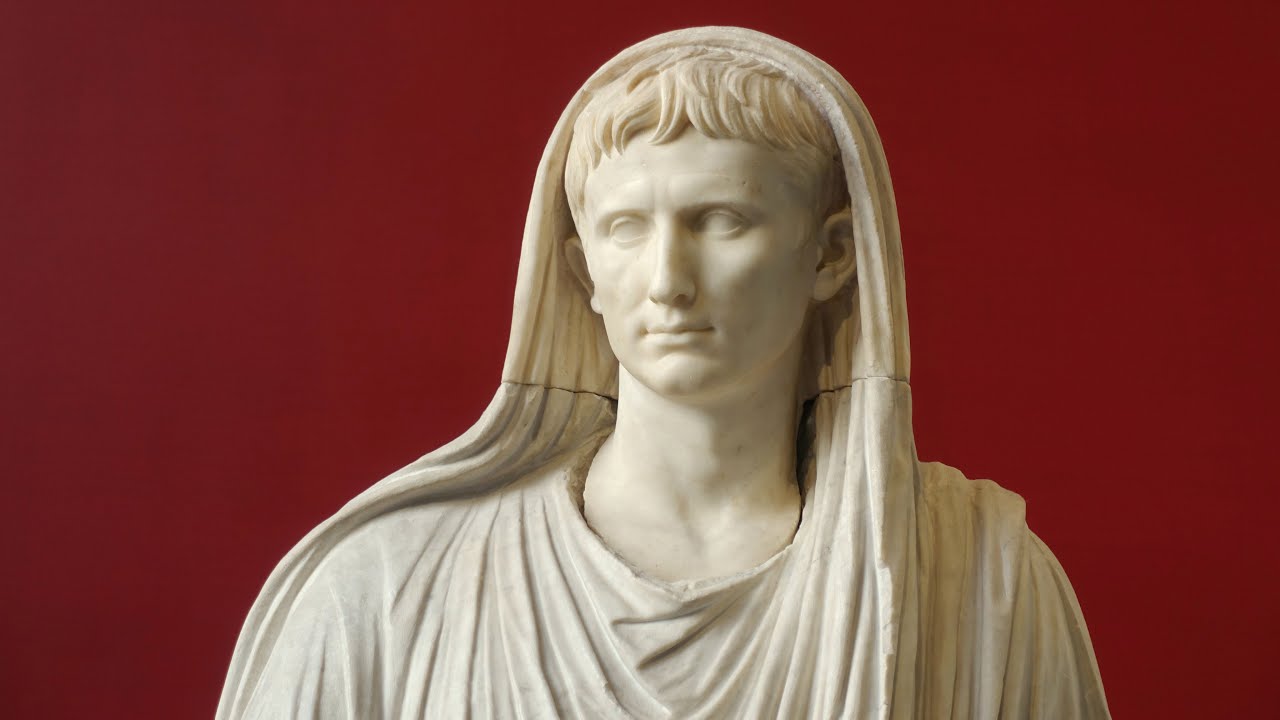Basque Country
Summary
TLDRRick Steves explores the Basque Country, a vibrant region straddling France and Spain, known for its rich cultural heritage and modern charm. From the culinary delights of San Sebastián's pintxos bars to the historical significance of Guernica, the journey highlights the Basques' strong identity and traditions. Steves showcases local sports like jai alai, the stunning Guggenheim Museum in Bilbao, and picturesque towns like St-Jean-de-Luz, emphasizing the resilience and vitality of this unique culture amidst historical challenges.
Takeaways
- 😀 The Basque Country is a unique cultural region in Europe, divided between France and Spain, with its own language and customs.
- 🌄 San Sebastián, or Donostia, is a premier destination in the Basque region, known for its stunning beaches and vibrant culinary scene.
- 🏛️ The Basque people have a rich history marked by struggles for independence and a strong sense of identity despite external pressures.
- 🍽️ Gastronomic clubs are important social institutions for Basque men, allowing them to cook and enjoy traditional cuisine together.
- 🎨 The Guggenheim Museum in Bilbao is an architectural marvel that has revitalized the city's cultural landscape.
- ⚽ Jai alai, a fast-paced sport, is a significant part of Basque culture, reflecting the community's active lifestyle.
- 🛍️ Local markets and shops highlight the Basque culinary heritage, including traditional foods like salted cod and idiazabal cheese.
- 🗳️ Historical events, like the bombing of Guernica during the Spanish Civil War, shaped the Basque identity and its cultural narratives.
- 🏞️ French Basque villages offer a more rustic view of the culture, with a blend of French and Basque influences visible in architecture and daily life.
- ☀️ St-Jean-de-Luz serves as a charming seaside town with historical significance, especially for its ties to the marriage of Louis XIV and the Spanish princess.
Q & A
What is the Basque Country known for?
-The Basque Country is known for its unique culture, rich heritage, stunning coastline, delicious cuisine, and distinct language, as well as being a region that spans parts of France and Spain.
How do the Basques define their territory?
-The Basques define their territory as being bounded by the Pyrenees Mountains and the Atlantic coast, despite it not appearing on standard European maps.
What is the significance of the Basque language?
-The Basque language, spoken by about half a million people, is a crucial element of Basque identity and culture, experiencing a resurgence after being long suppressed.
What traditional sport is highlighted in the Basque culture?
-Jai alai is a traditional Basque sport featured in the script, characterized by players using a long wicker basket to throw a hard ball against walls at high speeds.
What role do men's gastronomic clubs play in Basque society?
-Men's gastronomic clubs serve as a social space for men to cook together, celebrate Basque culinary traditions, and enjoy time with friends in a matrilineal society.
How has the city of San Sebastián developed as a tourist destination?
-San Sebastián has developed into a leading tourist destination due to its beautiful bay, vibrant Old Town, rich culinary scene, and historical significance as a resort favored by the Spanish aristocracy.
What historical event is Guernica known for?
-Guernica is known for being bombed during the Spanish Civil War in 1937, a tragic event that inspired Picasso's famous anti-war mural, symbolizing the impact of war on civilians.
What architectural significance does the Guggenheim Museum in Bilbao hold?
-The Guggenheim Museum, designed by Frank Gehry, is significant for its innovative architectural design and has played a pivotal role in transforming Bilbao into a cultural center.
What characterizes the French part of Basque Country compared to the Spanish part?
-The French part of Basque Country appears more integrated into French culture, with less emphasis on the Basque language and customs compared to the more culturally vibrant Spanish Basque regions.
What was the historic significance of St-Jean-de-Luz?
-St-Jean-de-Luz was historically significant as the marriage site of King Louis XIV of France and Maria Theresa of Spain in 1660, marking a political alliance between the two nations.
Outlines

Cette section est réservée aux utilisateurs payants. Améliorez votre compte pour accéder à cette section.
Améliorer maintenantMindmap

Cette section est réservée aux utilisateurs payants. Améliorez votre compte pour accéder à cette section.
Améliorer maintenantKeywords

Cette section est réservée aux utilisateurs payants. Améliorez votre compte pour accéder à cette section.
Améliorer maintenantHighlights

Cette section est réservée aux utilisateurs payants. Améliorez votre compte pour accéder à cette section.
Améliorer maintenantTranscripts

Cette section est réservée aux utilisateurs payants. Améliorez votre compte pour accéder à cette section.
Améliorer maintenant5.0 / 5 (0 votes)






